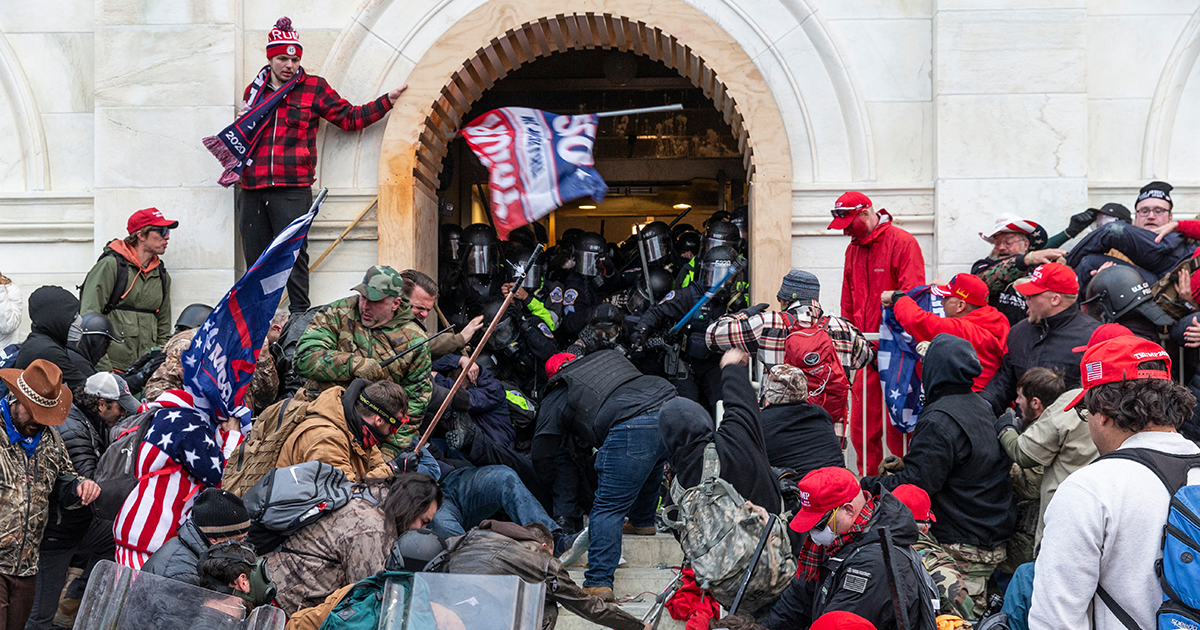Terrorism Is a Choice, Not an Ideology - HS Today
by Gary M. Shiffman, PhD, on Apr 19, 2021 10:30:30 AM
This article was originally published in Homeland Security Today.
Domestic extremist attacks “remain the most persistent and lethal threat in the Homeland,” according to the recent Homeland Threat Assessment issued by the Department of Homeland Security. The FBI agrees. Seth Jones and colleagues at CSIS work to make sense of data on domestic terrorism by organizing attacks by the perpetrator’s orientation: Salafi-jihadist, violent far-left or violent far-right, whether a car was used in the attack, and whether people died. Overall, the number of terrorist attacks is increasing “at alarming levels,” according to Aisha Javed Qureshi in the most recent issue of the National Institute of Justice Journal.
The purpose of this research is to help us to prevent terrorism but, as Qureshi explains, “there is no single checklist that determines whether someone is on the path to becoming a terrorist.”
I served in DHS as the first Chief of Staff at U.S. Customs and Border Protection (CBP), where we prioritized the counterterrorism mission each day, and as an academic I have led research on violence and coercion for several decades. As I read these reports, I look for clues to the causes of the violence, and not just the obvious traits of the perpetrators. To use the language of science, the understanding of domestic terrorism requires that law enforcement and intelligence professionals understand the terms correlation and causation. If people who engage in acts of terrorism ascribe to a particular religion or political ideology, this reflects a correlation. If they use a car to drive into a crowd of protesters, then the car is correlated with the incident. Think of all the protests in 2020 where people did not drive cars into crowds; either there were no cars present, or the cars do not cause the person to drive into the crowd. Jumping to claims of causation when only correlations exist will not help to combat domestic terrorism.
In December 2020, for example, an Illinois man named Michael Hari was convicted in the 2017 bombing of a Bloomington, Minn., mosque. The leader of an anti-government militia group called the White Rabbits, Hari said he was driven by his Christian beliefs: “Let us … go into battles as the Christians of old did, until we have cast down the devil’s strongholds,” he wrote in a self-published essay. But an expose on Hari’s life reveals a man with many possible motives – a failed marriage and a failed political career – and not just a religious belief. Can his motivation ever be known?
Just because someone is of a particular religion, ethnicity, or other demographic doesn’t mean that this particular identity caused them to choose violence. For example, just because someone who engages in terrorism is Muslim does not mean that the religion of Islam caused them to engage in terrorism. Or just because some who engage in domestic terrorism call themselves Christian doesn’t mean Christianity caused them to choose violence. Terrorism is a choice, not an identity.
Osama bin Laden, for example, used the rhetoric of religious ideology to build his following; but this doesn’t necessarily mean religion was the reason he killed people. It is widely reported that he had an extensive pornography collection and drank alcohol; his actions often contradicted his words. He denounced everything Western but wore a Timex. In many cases, violent extremist leaders use the language of religious ideology, or ethnicity, because this appeals to followers; leaders use words to gain power – words they may not believe. And people follow these leaders for many other reasons, like money, security for their family, or the need to feel like part of a group, but not always because they believe the words.
Thinking about behavioral analysis helps clarify the correlation and causation issues. Identity labels correlate with violent behavior, while behavioral models provide insights into causation. Viewing violence as a human choice is essential to countering it.
For example, Hamas, for many years a largely nonviolent group, changed when the first Palestinian intifada stirred competitors, forcing the leaders to move toward violence to maintain political relevance in the market. In the shift from nonviolence to violence, the market conditions changed – not the religion.
Or consider the Capitol rioters. An analysis in The Hill found that “the demographic profile of those arrested differs vastly from past right-wing extremists.” In other words, the causes of extremism and terrorism cannot be tied up neatly into a demographic or ideological box.
People live in scarcity and competition; countering terrorism starts with this understanding of human behavior.




